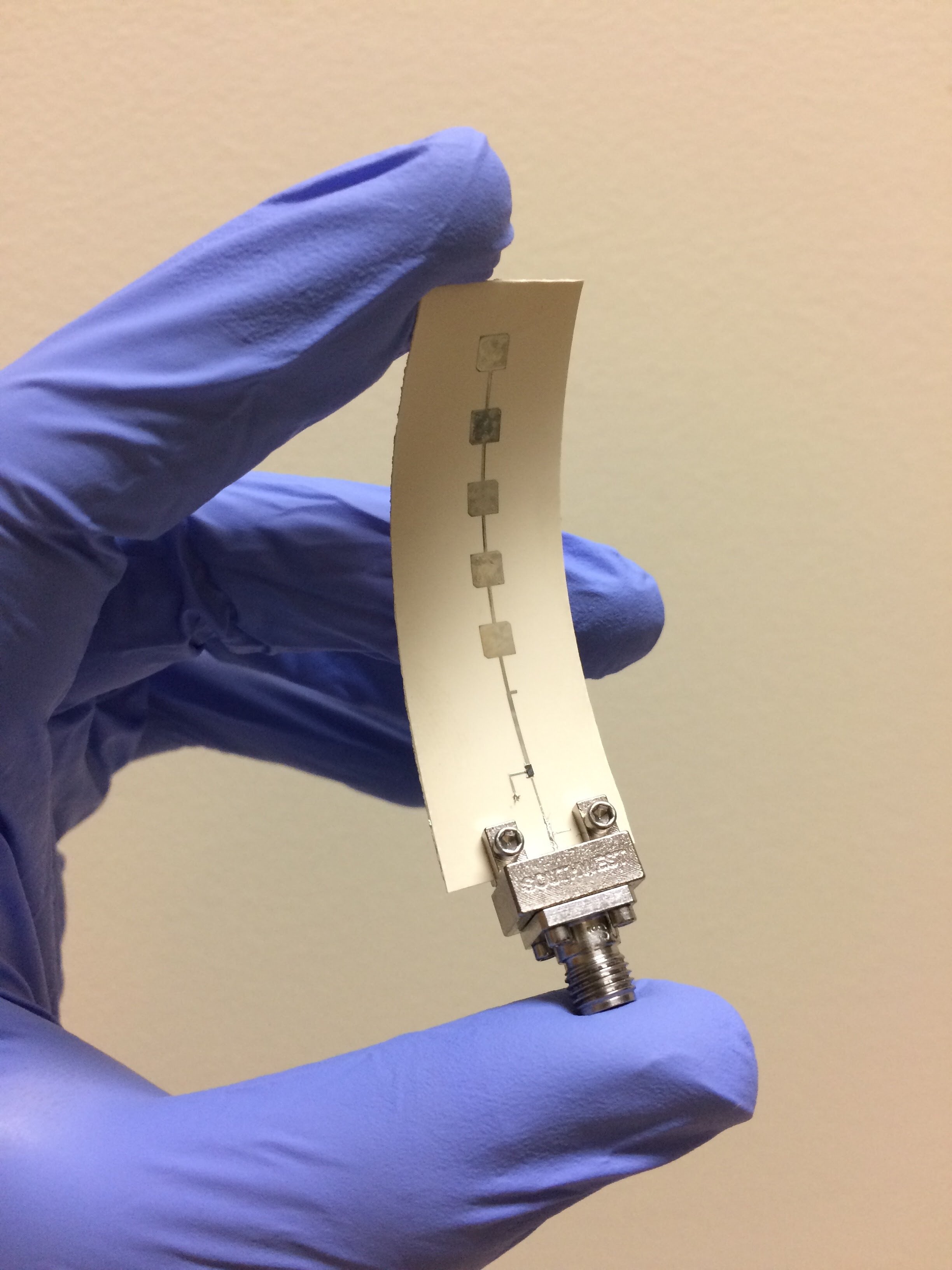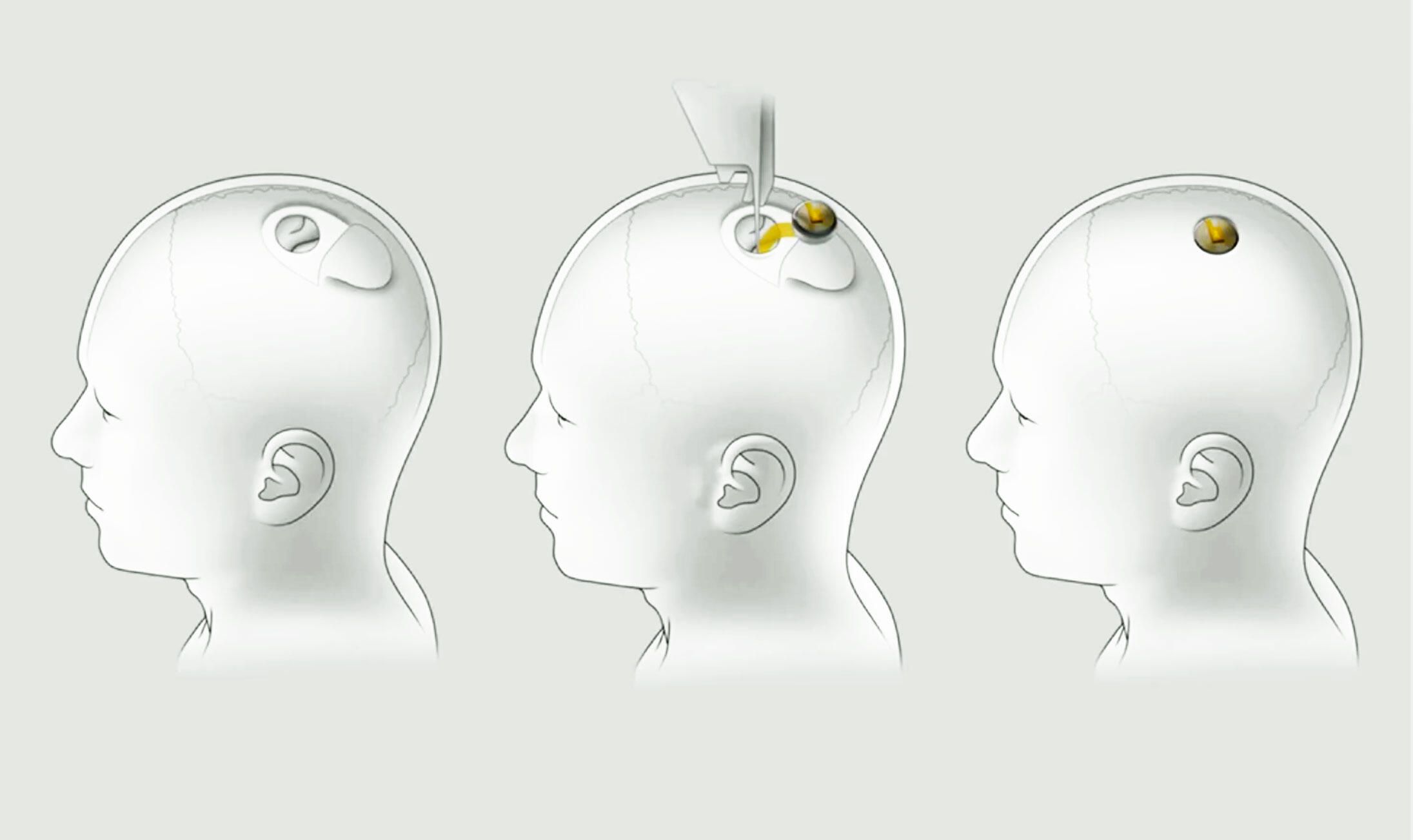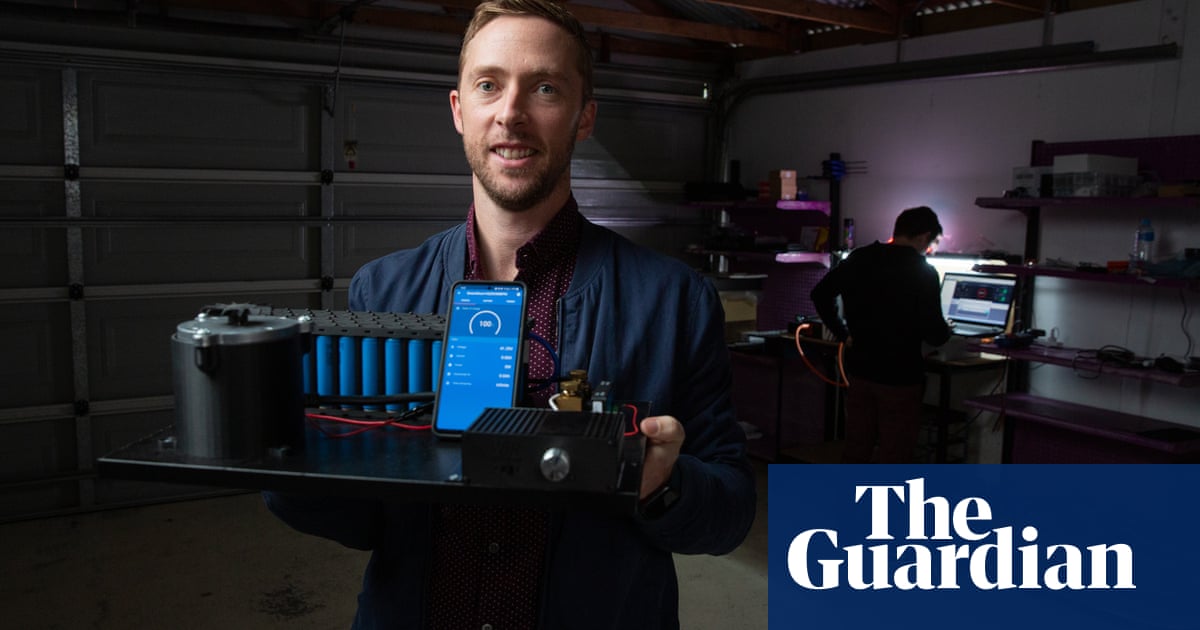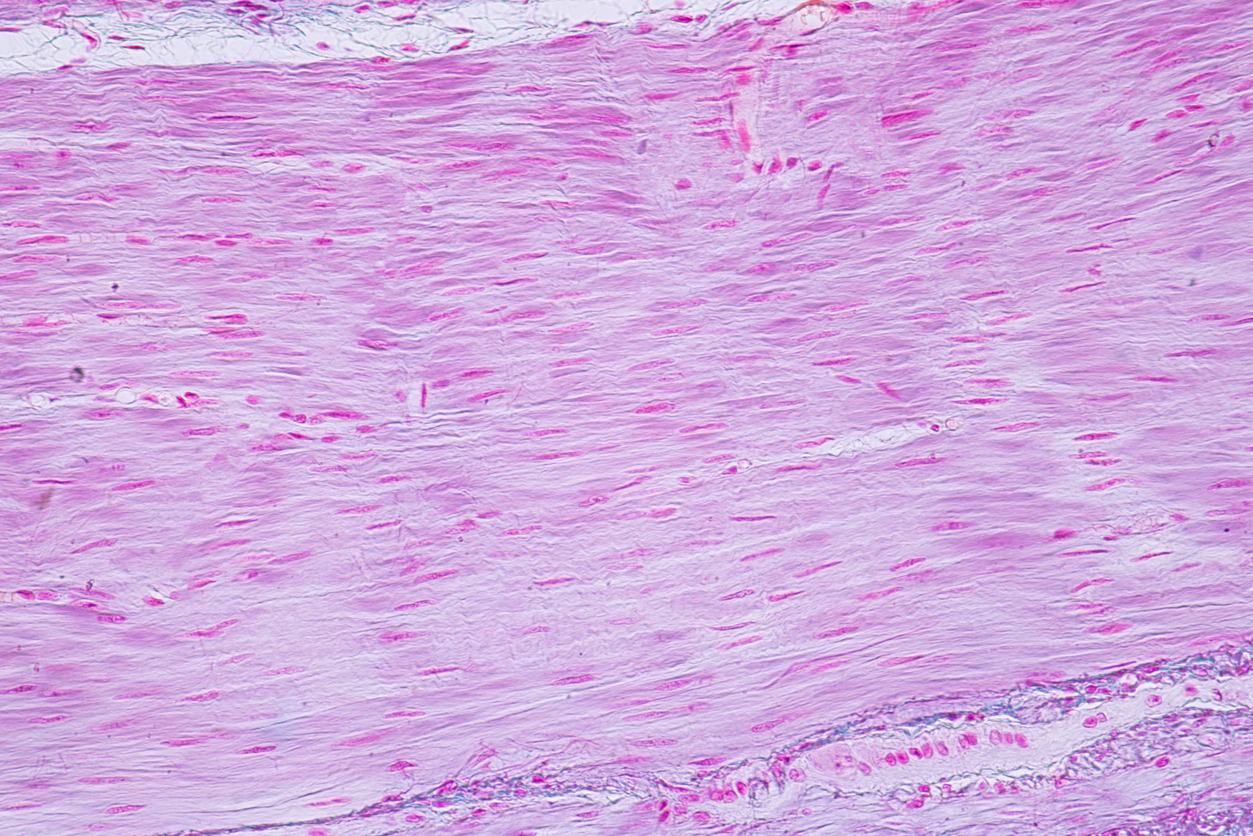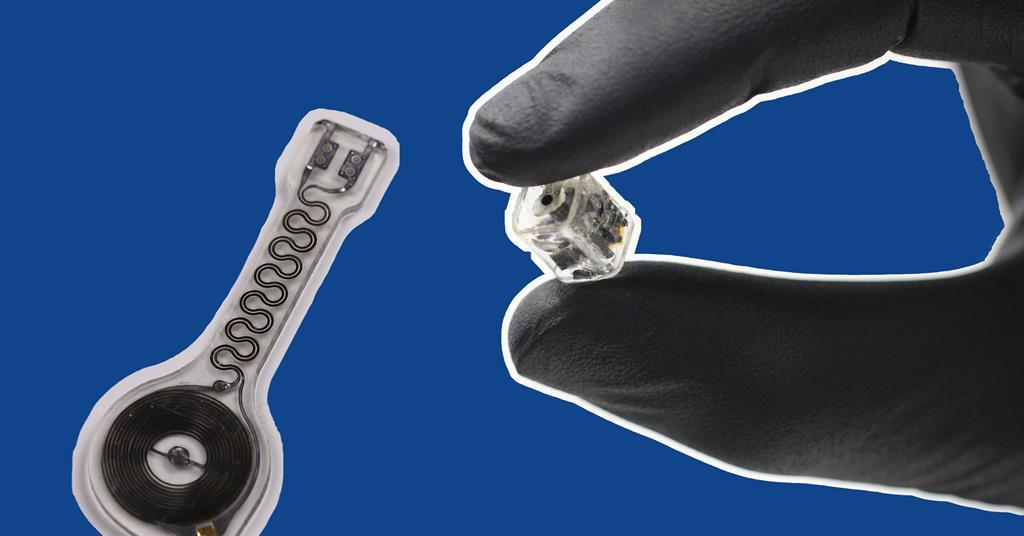
Battery-free bioelectronic implants
Spurred by advances in energy-harvesting materials, a new generation of advanced implantable biomedical devices is emerging that does away with the bulky battery. James Mitchell Crow reports
Wireless power transfer may seem like a recent innovation to keep energy-hungry smartphones topped up, but for biomedical electronics, wireless power transfer has a deep history.
When Swedish doctors performed the first fully implantable cardiac pacemaker surgery in 1958 , the device they had invented was powered by a rechargeable nickel–cadmium battery, connected to a wire coil that enabled magnetic induction wireless recharging across the skin. The battery, coil and controlling electronics were housed in a shoe-polish-sized can implanted in the abdomen, with leads running to the heart to deliver the pulsed electrical stimulus.
Millions of people with a slow or irregular heartbeat have since benefited from a pacemaker implant – which soon evolved to use longer-lasting batteries that were replaced surgically every few years, rather than requiring a weekly recharge. More than six decades later, however, the basic pacemaker design – a remotely located can containing the bulky battery pack and electronics, connected to the heart by long leads – remains unchanged.




